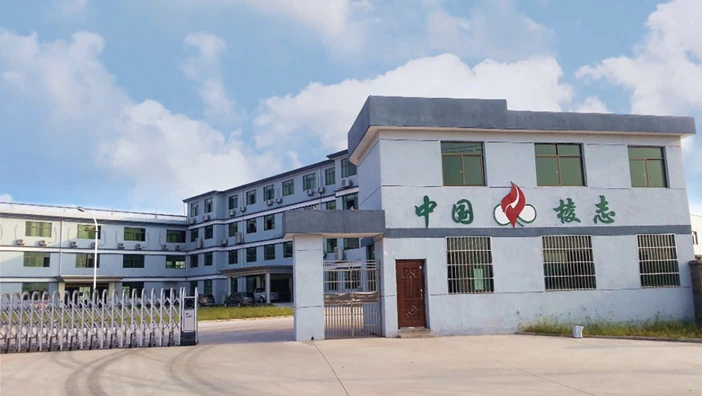Tel: 0086769-23187408
Email: info@linzshoes.com
Tel: 0086769-23187408
Email: info@linzshoes.com


Nize New Materials is one of the world's leading material suppliers. We have more than 20 years of experience in this field and serve customers around the world. We also have world-class production equipment and an annual production capacity of 5 meters of ionic sulfate.
We focus on the research of the anti-piercing shoe midsole, interrupting the monopoly position of the anti-piercing cloth midsole inforeian countries. and producing the anti-piercing cloth midsole of our own branc, filing the domestic gap
The factory covers an area of 83.5 mu and has more than 22.500 sauare meters of production plant, 3,000 square meters of research anddevelopment center, 3,000 sauare meters of office space and more than 500 sets of advanced production and inspection equipment
We have excellent products and a professional sales and technical team that can provide satisfactory solutions according to your needs. If you are interested in our products, we look forward to your online message or call for consultation!
Our products cover a variety of functional materials, whether they are waterproof materials, wear-resistant materials, flame-retardant materials or thermal insulation materials, which can meet the needs of different industries and applications.
Puncture-resistant fabric is a special textile material that provides protection against punctures, cuts and sharp objects. It effectively prevents the penetration of sharp objects such as nails, glass shards or metal shards, thereby reducing the risk of various injuries. Risk of injury in the industry.
Including puncture-resistant fabrics in PPE has several advantages. It provides an extra layer of protection without compromising comfort and flexibility. Puncture-resistant fabrics also reduce damage and tears, extending the life of PPE.
When selecting a puncture-resistant fabric, consideration should be given to the specific hazards present in the intended application, the required level of protection, comfort and flexibility requirements, durability and compliance with relevant industry standards, as well as the interaction between the fabric and other components of the protective system ( Compatibility of materials such as fasteners or reinforcements is also important.
Puncture-resistant fabrics can be made from a variety of materials, including high-performance fibers such as aramid (such as Kevlar®), polyethylene fibers (such as Dyneema®), and fiberglass or carbon fibers. These materials offer excellent strength and puncture resistance, making them suitable for protective applications.
Puncture-resistant fabrics can be combined with other protective properties to create multifunctional textiles. For example, fabrics can be designed to provide puncture resistance as well as flame retardancy, chemical resistance, or high visibility.
